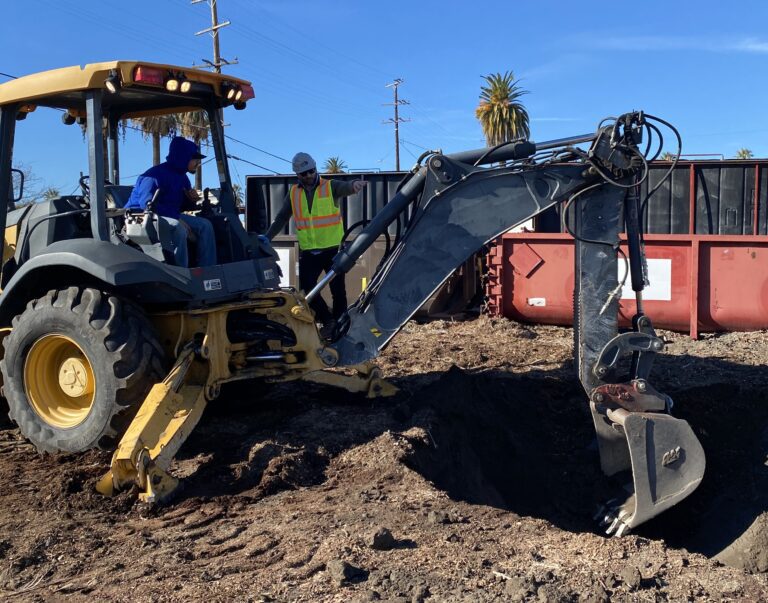Effective Stress (σ’)
“Effective Stress” (σ’) is a geotechnical engineering term. Effective Stress is a function of “total stress,” and is due to the solid particles of soil. Effective stress represents an excess of stress above pore-water pressure (or neutral stress).
Effective Stress Formula
Effective Stress = Total Stress – Pore-Water Pressure.



